We recently connected with Tracy Nguyen and have shared our conversation below.
Alright, Tracy thanks for taking the time to share your stories and insights with us today. One of the most important things we can do as business owners is ensure that our customers feel appreciated. What’s something you’ve done or seen a business owner do to help a customer feel valued?
Customer Success Story –
When Maya first came across my pink booth at a local market, she stopped in front of it but
didn’t step inside. Instead, she stood there, her face marked by a mix of confusion and concern.
Sensing her hesitation, I spoke up and asked what had drawn her to my booth.
Her expression shifted, and she stuttered, “Oh, I’ve never seen this kind of art before. Your art.
It’s so colorful, but it’s also… out there. What made you decide to create artwork like this?”
I told her, “When I was younger, I experienced CSA. Because of that trauma, I became repulsed
by the idea of genitalia and felt completely disconnected from my own mind and body. I felt
different from other kids—alone, struggling just to exist. But art helped me heal.”
Tears welled up in her eyes, and suddenly, she started bawling. Through her sobs, she asked,
“And you don’t like being touched?”
I smiled gently and said, “I used to feel that way. But since I started intentionally reconnecting
with my body, I’ve become more accepting of hugs! If I ever feel uncomfortable, I just go for a
fist bump instead.”
I paused, then asked, “Would you like a hug?”
She hesitated for a moment before answering, “Yes—I haven’t had a hug in over 15 years.”
We both cried as she opened up about her own experience as a survivor of SA. She shared how
she had struggled for years with shame and a deep sense of disconnection from her body. The
idea of reclaiming that space through art resonated with her in a way she had never considered
before.
Before leaving, she purchased a Litty Clitty lighter. I told her, “This symbolizes reigniting your
inner fire.” Her face lit up with such excitement and appreciation.
Later, she followed my Instagram page and became immersed in the educational content and
healing resources. She found herself connecting with other survivors in the community, realizing
she wasn’t alone. Eventually, she reached out to me, ready to begin her own healing journey.
Now, she’s in a much better place—mentally, physically, and emotionally. We still keep in touch
every now and then with life updates!
I have connected with so many other survivors at my booth and honestly, it makes me feel so
happy because it lets me know that I am on the right path!
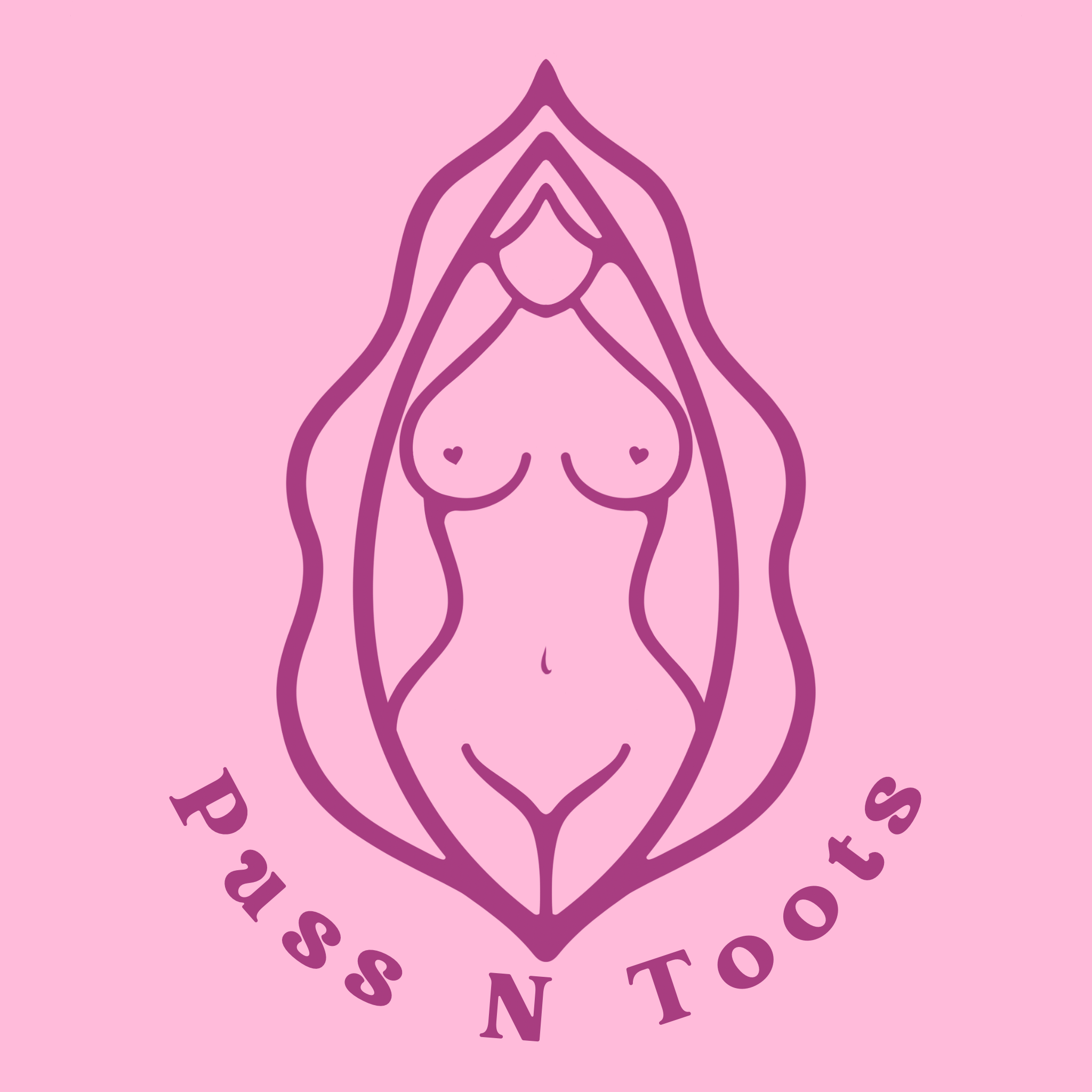
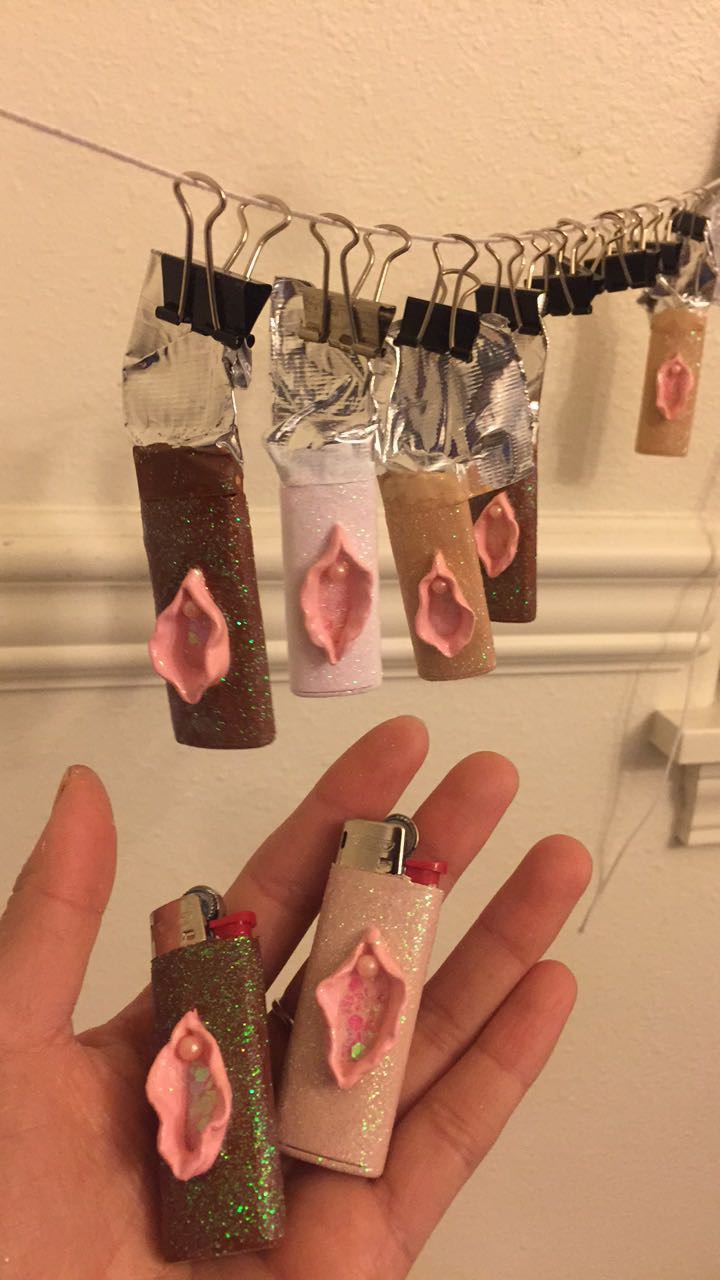
Tracy, before we move on to more of these sorts of questions, can you take some time to bring our readers up to speed on you and what you do?
Hi, I’m Tracy Nguyen, the founder and artist behind Puss N Toots—a mixed media brand rooted in empowerment, healing, and radical self-expression. My work is centered around vulva art, not just as a visual statement, but as a bold act of reclamation for survivors, femmes, and anyone who has ever felt disconnected from their body, voice, or power.
I started Puss N Toots as a deeply personal response to my own healing journey. Like many survivors, I struggled with shame, silence, and the feeling of being invisible. Creating vulva-centered art gave me a way to reconnect with my body, process trauma, and speak truths that often go unspoken. What began as an emotional outlet quickly grew into a community movement. People from all walks of life started reaching out to share how much they resonated with my work—and how it helped them feel seen, validated, and inspired.
At Puss N Toots, I create a wide range of products—from vulva candles, Litty clitty lighters, stickers, and prints to custom pieces that honor individual experiences. Every item I make is infused with intention, humor, vulnerability, and a rebellious spirit. Beyond physical products, I also offer creative collaborations, custom commissions, and educational art pieces for workshops and healing spaces.
What sets Puss N Toots apart is the unapologetic celebration of taboo topics, body diversity, and survivor-led narratives. This isn’t just art—it’s activism. It’s storytelling. It’s soul work. I aim to challenge the shame around sexuality, body image, and trauma with softness, sass, and raw honesty.
I’m most proud of the impact my art has had in creating conversations, building community, and offering comfort to those who have felt unseen. When someone tells me my work helped them reclaim a part of themselves—that’s everything to me.
To anyone new discovering Puss N Toots: know that this brand isn’t just about products. It’s about connection, truth-telling, and creating beauty out of pain. Whether you’re here for a one-of-a-kind lighter or to feel less alone in your healing, you’re welcome—and you’re not alone.
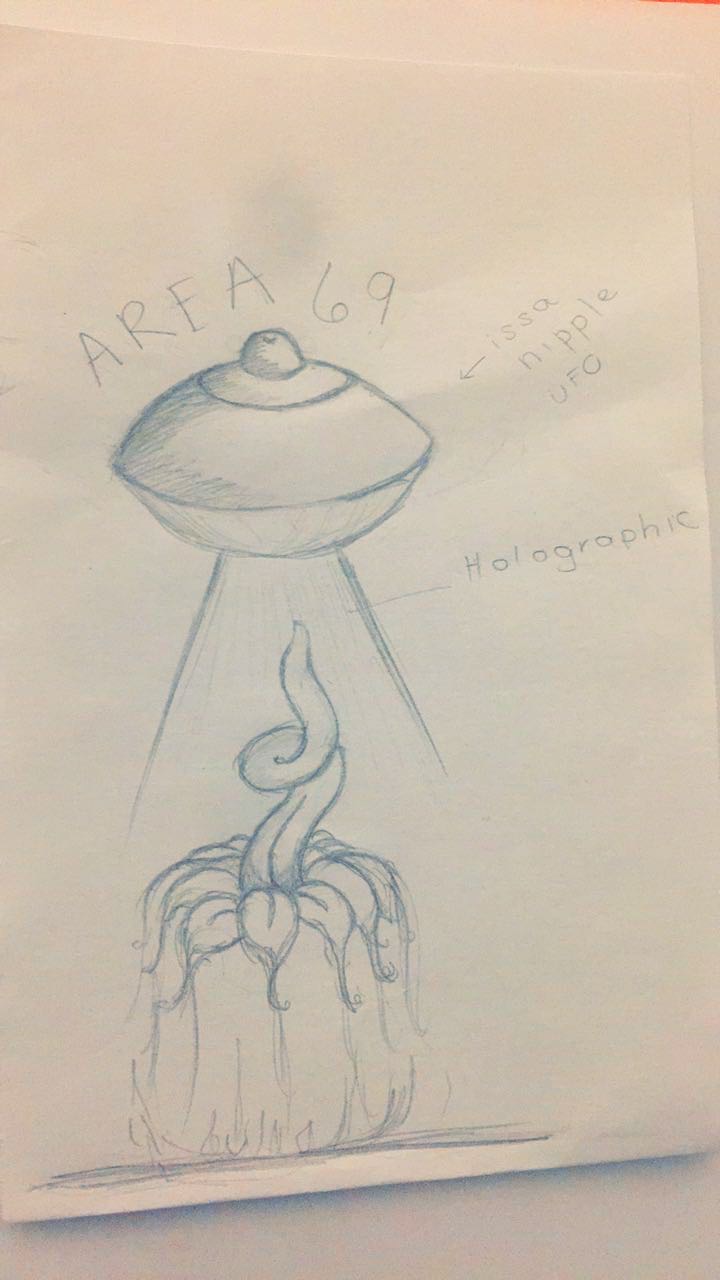

How did you put together the initial capital you needed to start your business?
I’ve been working since I was 15, and at one point, I was homeless. From that place of survival, it’s incredible to look at where I am now: running my own business as a full-time artist. Life really does take you on unexpected journeys.
The initial capital for my business didn’t come from loans, investors, or family support. It came from me working three jobs at once, saving every bit I could, and doing whatever I had to do to stay afloat. Some of the jobs I held weren’t things I was proud of. I experienced exploitation, underpayment, and burnout. I didn’t have the chance to go to college or follow a traditional path. But I worked hard relentlessly often even when I was sick or emotionally drained.
I built Puss N Toots with nothing but determination, grit, and the belief that I could turn my art into something bigger than me. There was no safety net. No backup plan.
Everything has been self-funded. Every sticker, every lighter, every show I vended at it was all made possible through my own hustle. And while getting it off the ground was hard, keeping it going especially without the fear of where my next check will come from is a whole different kind of challenge.
But I wouldn’t trade this path for anything. It made me who I am: resilient, resourceful, and deeply committed to using my art to create space for others to feel seen, healed, and heard.

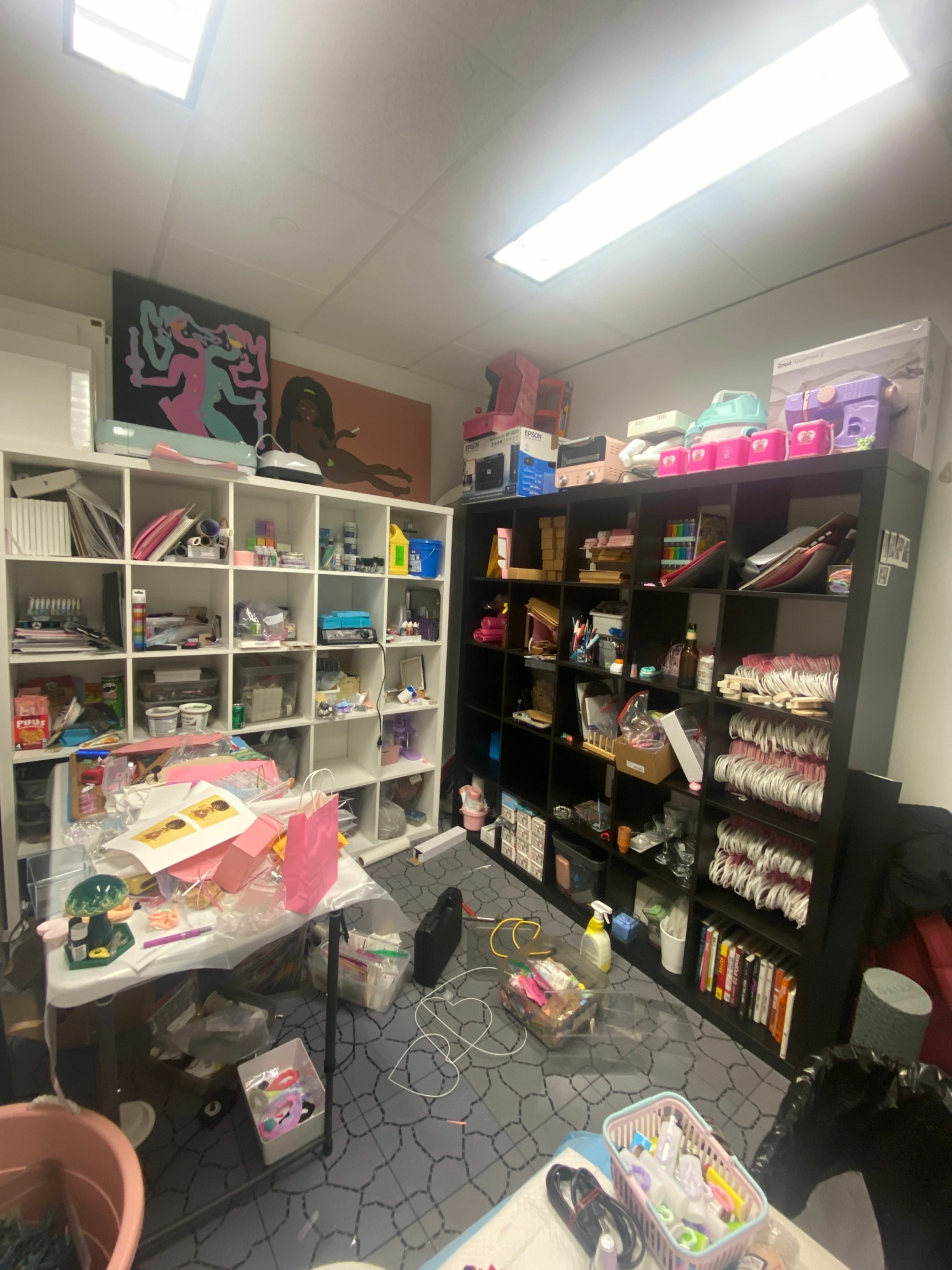
Learning and unlearning are both critical parts of growth – can you share a story of a time when you had to unlearn a lesson?
One of the hardest lessons I had to unlearn was negativity. Specifically, the belief that the world was against me. I grew up in a toxic household where love was conditional, and every conversation was laced with criticism, judgment, and resentment. My home didn’t feel like a home, it felt like a battleground. I was taught, both directly and indirectly, that anyone who got close to me would eventually hurt me. Over time, I internalized that. I began to hate myself, to shrink, to feel small and helpless.
When I first became homeless, I wasn’t thinking about survival. I wasn’t thinking about fighting for a future. I was consumed by the last thing my legal guardian ever said to me: “You’ll die in a ditch somewhere.” That sentence haunted me. It shaped how I saw myself and the world.
But somewhere inside me, there was a small spark of stubbornness a voice that said, No. I won’t let that be my story. That stubbornness saved me.
Out in the world, something unexpected happened: strangers showed me kindness. People who didn’t know me shared their food, their time, and the few dollars they could spare. They would tell me, “You’re too young to be out here—go back home while you still have a chance.” I didn’t hear the part about going back home. All I heard was, “You’re too young. You still have a chance.”
That changed everything.
But there was another side, too. While standing outside, begging for food, for money, the looks I received were all too familiar. The rejection. The disgust. The blatant ignoring. Strangers driving by, nodding in disapproval or pretending I wasn’t there. What struck me most was how effortlessly they judged me without knowing a single thing about me. And yet—it was the same expression I had grown up seeing. The same look I saw in the faces of people who were supposed to care for me.
That moment was sobering. It made me realize: I don’t belong here. I don’t deserve to live like this or at least, I don’t have to keep living like this. I had already been a victim for so long, but I didn’t want that identity anymore. Not because I wasn’t hurt, but because the word “victim” felt heavy with self-blame, like I somehow deserved what happened to me. I didn’t. None of us do.
I realized the whole world wasn’t out to get me. The environment I came from, the one that made me sick, wasn’t the only way to live. I could leave it behind. I could rewrite the story.
Unlearning negativity meant unlearning survival mode. It meant learning how to trust, how to process my emotions, and how to soothe myself without guilt or shame. Vulnerability used to feel dangerous, now I’m learning that it’s part of being human. And while I’m still unlearning and healing every day, I no longer carry the belief that I am unworthy of love, safety, or softness.
That has made all the difference
Contact Info:
- Website: https://Pussntoots.shop
- Instagram: pussntoots69
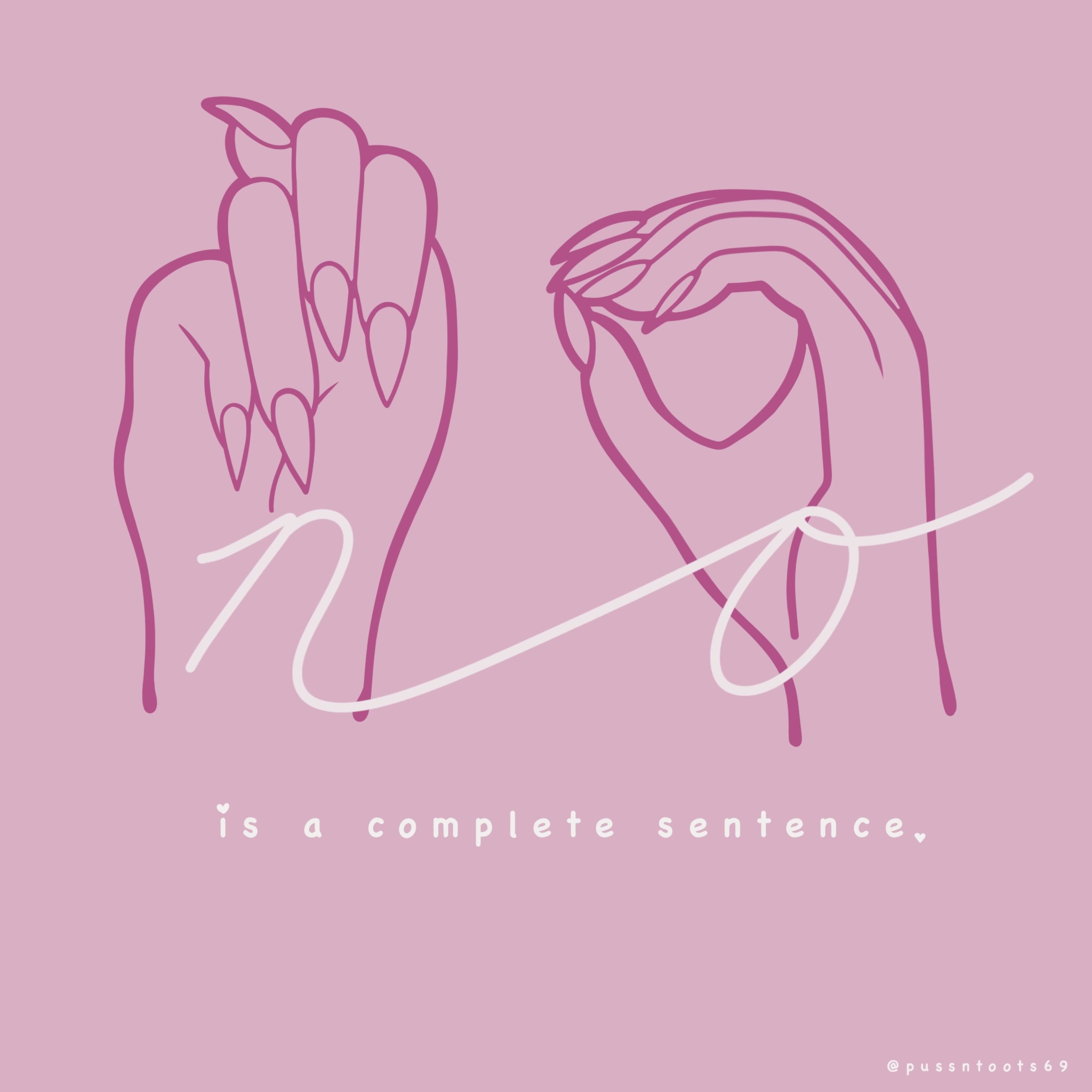
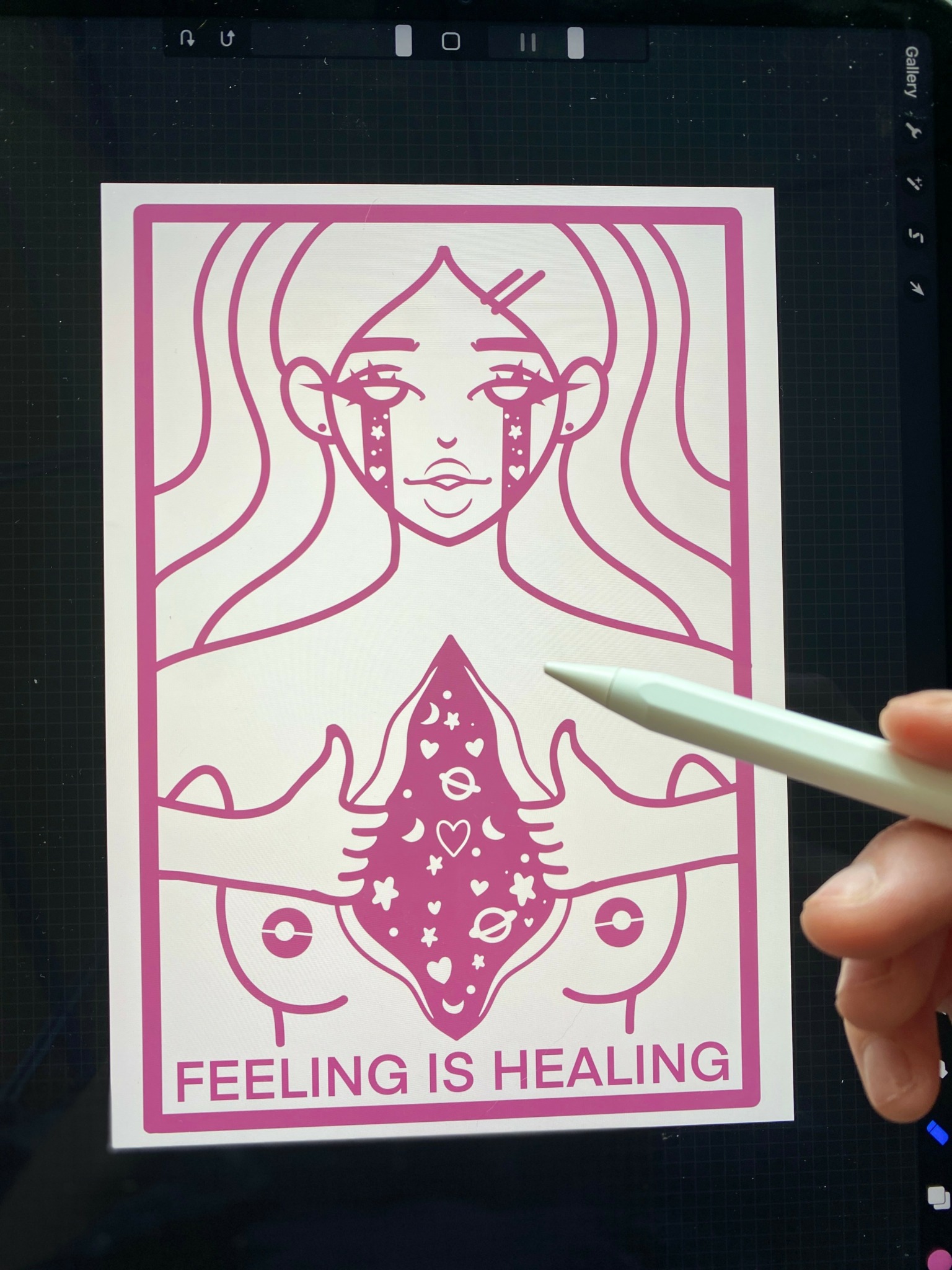
Image Credits
N/a


